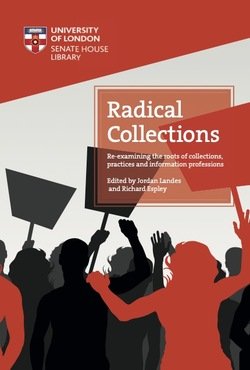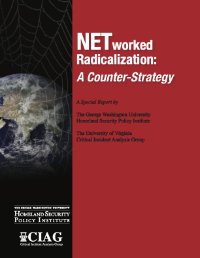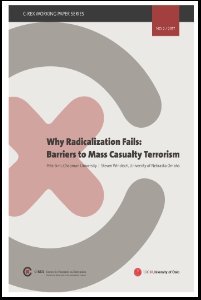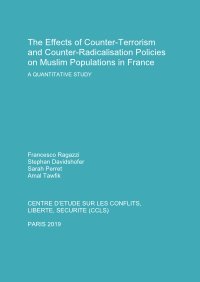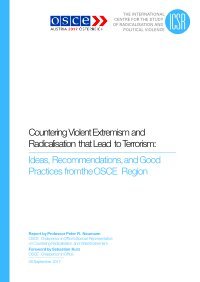By Pete Simi, Steven Windisch, Karyn Sporer
This report presents findings from a two-year study, “Recruitment and Radicalization among US Far-Right Terrorists.” This investigation examines multiple aspects of recruitment and radicalization, such as the quality and quantity of exposure to right-wing ideologies prior to extremist involvement; types of recruitment; pre-entry risk factors for extremist participation; and the extremists’ perception about why he/she was unable to progress beyond the planning stages of a terror plot. The empirical analysis is divided into four distinct but overlapping reports. Report one consists of a comprehensive thematic assessment, which focuses on family socialization prior to extremist involvement; entry processes into extremism; recruitment strategies and the extremist subculture of violence. In terms of socialization, although only a small segment of our sample (n=3, 9.7%) were raised by parents who were members of extremist groups, a vast majority (n=28, 90.3%) were exposed to racist/anti-Semitic beliefs during childhood. Regarding motivation for entry into violent extremism (VE), our findings indicate a variety of non-ideological factors increased the appeal of these groups such as acceptance from peers, attraction to the group’s forbidden social image and the ability to increase ones’ level of personal significance. In addition, participants also felt the group offered protection from bullies at school and rival gangs in their neighborhoods. In terms of recruitment, extremist groups relied on a variety of marketing strategies (e.g., leafleting and house parties) in order to promote their political agenda. Our data suggest these groups targeted marginalized youth who were angry and looking for solutions to their problems. However, the most effective recruitment tool was extremist music. Music provided recruiters with opportunities to introduce potential recruits to the extremist subculture in venues and through mediums with decreased monitoring from agents of formal social control. In addition, report one also examines the violent subculture of right-wing extremist groups. As part of this discussion, we highlight the role of various cultural practices such as violent rituals which were used to increase commitment to the group and to distinguish strong members from weaker ones. As our data indicates, however, there does seem to be a threshold for violence. That is, some extremists condemned violence when it was directed towards “defenseless” targets. Overall, these findings underscore the similarities individuals experience throughout their extremist careers.
College Park, MD: National Consortium for the Study of Terrorism and Responses to Terrorism (START), 2016. 260p.






